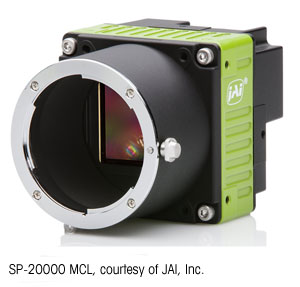
Today’s utilities have a highly productive and efficient business environment that is very competitive and needs to comply with many stringent regulatory requirements to prevent situations that would cause a facility to be down for even a short time.
A slight failure of equipment translates into immediate consequences from both a financial and safety perspective. These pressures move utilities toward building high-availability smart sites that help minimize unscheduled down time and allow for shorter time to repair.
A direct result of this trend is the need for the site to have remote access to equipment. To help facilitate this access, utilities are converting networks to become IP-enabled – but with the many benefits that come with this, the move to IP networks also adds a level of complexity as it becomes increasingly important to securely connect these critical industrial infrastructures. To that end, cellular automation enables cost-effective monitoring and control of data at remote sites.
Controlling Data At Remote Sites
For the most part, Networking with critical equipment are located in places that are difficult to access due to long distances or harsh conditions. Accessing critical information, such as equipment health and operational data at these sites can be time-consuming and costly. Also, given today’s aging industrial infrastructures, monitoring and controlling the data within these sites is more critical than ever. In fact, we are beginning to witness the consequences of not updating and maintaining outdated networks, as demonstrated by recent explosions at gas pipelines and blackouts in major cities when parts of the electrical grids have gone down.
refer to:http://pipelineandgasjournal.com/using-cellular-automation-monitor-and-control-assets



